1. Springfield (The Simpsons)
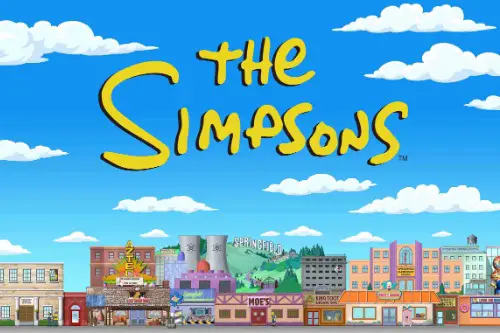
Springfield, the animated home of The Simpsons, is perhaps one of the most widely recognized fictional towns in America. Its appeal lies in its everytown qualities—there’s a little bit of Springfield in every real town. Despite being fictional, the town’s characters, including Homer, Marge, and Bart, have become ingrained in pop culture, with fans referencing the show’s portrayal of small-town life. Springfield’s influence has become so immense that many real towns have claimed to be the inspiration behind it.
What makes Springfield so famous is its broad, relatable nature. The show never specifies the state in which Springfield resides, making it possible for fans to see their own towns reflected in the chaos and humor. Over the years, Springfield has grown to represent everything from the mundane to the absurd, resonating with generations of viewers. The town’s legacy is cemented in the fact that it remains relevant to this day, with the show having aired for over three decades.
2. Stars Hollow (Gilmore Girls)

Stars Hollow, the cozy and quirky town from Gilmore Girls, has become an iconic example of small-town charm. The picturesque setting and tight-knit community captured the hearts of millions of viewers, making it a beloved place that feels like home. While the town is fictional, it’s based on several real New England towns, with many fans visiting Connecticut to find a bit of that Stars Hollow magic. The town’s appeal lies in its eccentric characters, its unique local events, and, of course, the legendary Luke’s Diner.
What made Stars Hollow stand out was its sense of warmth and familiarity, despite being entirely fictional. Even though the town doesn’t exist, fans continue to dream of living there, and some have even created their own versions of Stars Hollow celebrations in real-life towns. Its popularity has inspired tours, events, and even real-life restaurants that draw heavily from the show’s world. For many, Stars Hollow will always feel like a place where everyone knows your name.
3. Twin Peaks (Twin Peaks)
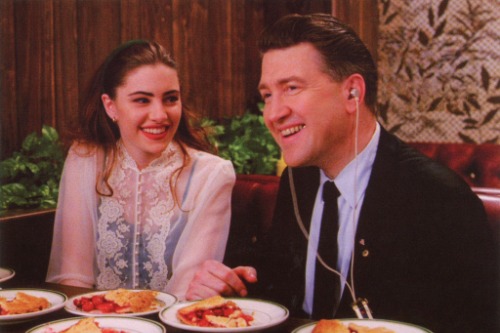
The small town of Twin Peaks, from David Lynch’s Twin Peaks, is one of the most surreal and famous fictional towns in TV history. Nestled in the Pacific Northwest, the eerie and mysterious vibe of Twin Peaks has captivated viewers for decades, with its dark secrets and bizarre happenings. Its fictional nature doesn’t stop it from feeling real to fans who flock to Washington to see the filming locations that inspired the series. The town’s juxtaposition of a tranquil, picturesque setting and sinister undercurrents has kept it in pop culture’s spotlight.
Twin Peaks is special because it blurs the lines between reality and fantasy, with its strange inhabitants and unsettling events. It became more than just a setting; it became a symbol of the weird and the wonderful. While Twin Peaks itself may be fictional, its influence on TV and film continues to inspire many works. People still visit the town of North Bend, Washington, where much of the show was filmed, just to experience the eerie charm for themselves.
4. Pawnee (Parks and Recreation)
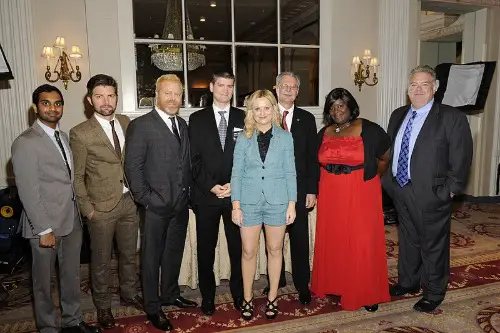
Pawnee, Indiana, from Parks and Recreation, has become synonymous with quirky local politics and eccentric characters. The town may be fictional, but its heart and humor have made it a fan favorite. Pawnee’s small-town setting and its hilarious government employees, led by the optimistic Leslie Knope, resonate with anyone who’s ever been involved in local politics or community life. The show’s clever writing and unique take on public service have made Pawnee one of the most endearing fictional towns in TV history.
What makes Pawnee stand out is its mix of absurdity and sincerity, making it feel like a place where even the most outlandish situations can happen. Fans love the town for its charm and its unforgettable characters, from Ron Swanson to Tom Haverford. Pawnee’s influence goes beyond television, as it inspired fan events and even real-world references in various communities. The show has turned Pawnee into a symbol of how even the most flawed and funny small towns can have a big heart.
5. Hill Valley (Back to the Future)
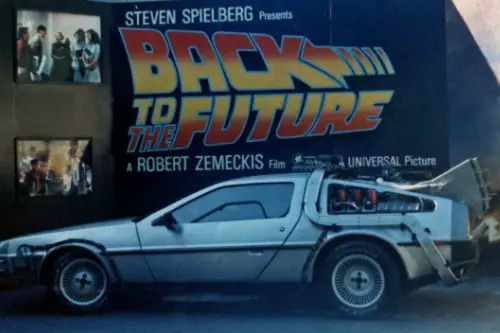
Hill Valley, the fictional town at the center of the Back to the Future trilogy, is one of the most famous fictional American towns in film. The town’s transformation through the decades—thanks to Marty McFly and Doc Brown—became a major plot element throughout the films. Hill Valley is depicted as a town stuck in time, where the events of the past continually affect the future. It’s a place where history is constantly being rewritten, and fans of the movies still flock to the film’s locations in California, trying to relive iconic scenes.
Despite being entirely fictional, Hill Valley holds a special place in the hearts of moviegoers. The town represents nostalgia, time travel, and the magic of the 1980s, making it unforgettable. Fans have long speculated about the potential for a real-life Hill Valley to exist, though it remains a product of Hollywood imagination. The enduring popularity of the Back to the Future franchise ensures Hill Valley will always be a significant part of film and pop culture history.
6. Bedrock (The Flintstones)
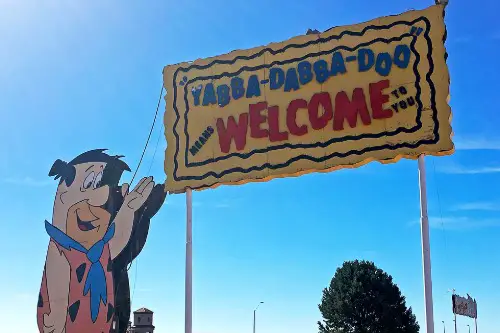
Bedrock, the prehistoric town from The Flintstones, became a cultural touchstone when the animated series first aired in the 1960s. It’s a fictional town set in the age of dinosaurs, where the Flintstone family lives in their iconic stone-carved home. The series portrayed the town with a charming blend of modern suburban life and prehistoric humor. Bedrock’s cartoonish, stone-age version of America has captured generations, making it a lasting part of American pop culture.
What makes Bedrock stand out is its timeless humor and imaginative setting. Though it’s set in a fantastical prehistoric world, the show’s themes of family and community are universal, making it feel familiar to viewers. Bedrock has inspired everything from theme park attractions to merchandise, making it far more famous than most real American towns. It’s a perfect example of how an animated town can become more famous than any actual place.
7. Mayberry (The Andy Griffith Show)
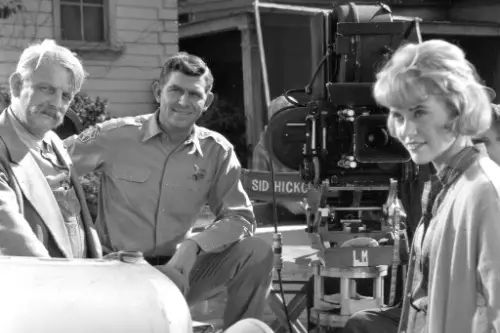
Mayberry, the fictional town from The Andy Griffith Show, is synonymous with wholesome, small-town life in the 1960s. The show portrayed a simpler, slower-paced life in a close-knit community, where Sheriff Andy Taylor kept the peace with charm and humor. Mayberry’s warm, welcoming vibe resonated with viewers, and the town quickly became a symbol of idealized Americana. Though it was filmed in California, it’s become forever linked with rural, small-town America in the minds of many.
The show’s portrayal of Mayberry is often seen as a nostalgic escape, showcasing the virtues of kindness, community, and trust. Fans still fondly remember the characters like Barney Fife and Aunt Bee, and the town has since become a symbol of simpler times. Despite its fictional status, Mayberry has inspired real-life towns to embrace similar values, and many tourists visit locations that invoke the spirit of Mayberry. It’s a shining example of how a fictional town can become more famous than actual towns with similar characteristics.
8. Sunnydale (Buffy the Vampire Slayer)
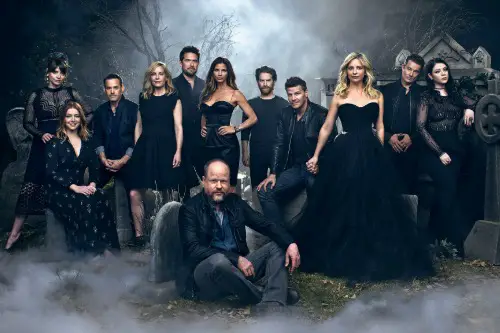
Sunnydale, the fictional California town from Buffy the Vampire Slayer, may seem like any other quiet suburban community—until you learn that it sits on top of a hellmouth, a gateway to supernatural forces. The town’s eerie setting, where Buffy and her friends fight vampires and demons, quickly became iconic. Its dark and dangerous nature, juxtaposed with ordinary suburban life, struck a chord with fans, making Sunnydale one of the most famous fictional towns in TV history. People loved the idea of a normal town with an undercurrent of danger and the supernatural lurking beneath.
The appeal of Sunnydale lies in its relatable setting, even as it dives into fantastical territory. Fans often debate the real reasons behind the town’s seemingly endless supply of supernatural events. While Sunnydale may not exist, the show’s impact on pop culture is undeniable, and it has inspired fan events and tours. It remains a town many fans wish they could visit, if only to see what it’s like to be part of a world where vampires and demons are everyday occurrences.
9. Gotham City (Batman)
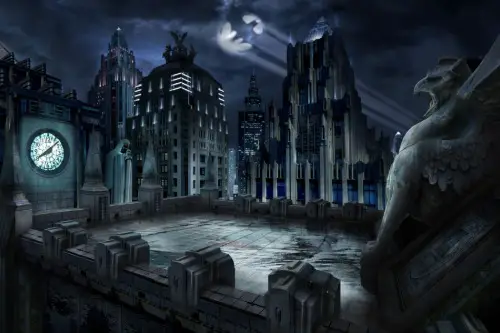
Gotham City, the fictional metropolis from Batman, has become synonymous with urban darkness and corruption. The town is depicted as a sprawling, crime-ridden city where Batman battles villains like the Joker and Catwoman. While Gotham is often depicted as a chaotic, dangerous place, it’s also one of the most iconic fictional cities in American pop culture. Its grim atmosphere, combined with Batman’s vigilantism, has made Gotham famous, outshining many real-life cities in terms of its cultural recognition.
Gotham’s fame goes beyond the comics and movies—it’s influenced how many view the idea of a city struggling with crime and moral decay. Its gritty depiction of urban life has shaped how fictional cities are imagined in both literature and film. Though Gotham is purely fictional, it remains more widely recognized than many real American cities. The town’s impact continues to reverberate in modern superhero stories, ensuring its place in the cultural lexicon.
10. Riverdale (Riverdale)
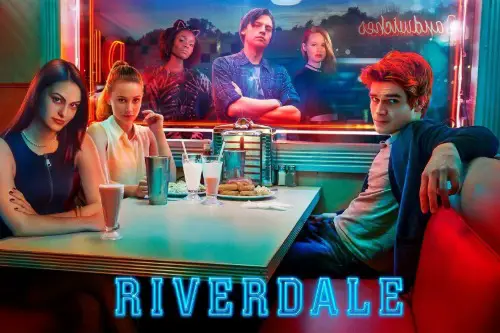
Riverdale, the small town that serves as the backdrop for Riverdale, the darker, more mysterious version of the Archie Comics universe, has captured a massive following. The show takes the classic characters of Archie, Betty, Veronica, and Jughead and places them in a high-stakes environment filled with crime, secrets, and intrigue. Despite being a fictional town, Riverdale feels alive with drama and suspense, giving it a larger-than-life presence. Fans have flocked to see the filming locations in Vancouver, Canada, where the series is shot.
What makes Riverdale stand out is its transformation from a lighthearted comic strip setting to a mysterious, almost gothic town. The show took something familiar and turned it into a thriller, giving Riverdale a unique place in pop culture. It quickly became more famous than the original comic version of Riverdale, with the town’s dark secrets making it stand out from other fictional towns. As a result, it’s a place that, despite its fictional nature, continues to captivate viewers around the world.
11. Dillon (Friday Night Lights)
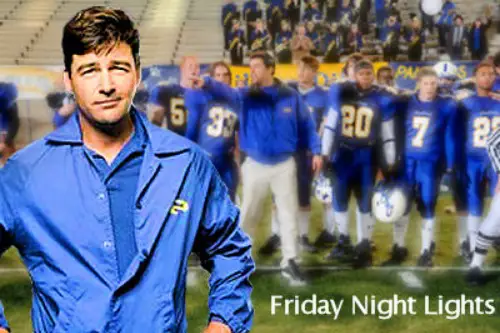
Dillon, Texas, from Friday Night Lights is the heart of the show, representing a small town where high school football is king. The show’s portrayal of the intense emotions, rivalries, and tight-knit communities surrounding the sport made Dillon one of the most memorable fictional towns in television. Though it’s based on the book by H.G. Bissinger, the town has taken on a life of its own. Fans continue to associate Dillon with the highs and lows of small-town America, where personal drama often intertwines with sports victories and defeats.
What makes Dillon so famous is its ability to depict the struggles and triumphs of a community. The town’s residents, from Coach Taylor to the students, have become iconic figures in TV history. Dillon may not exist in real life, but the town’s spirit, especially its devotion to football, has made it feel incredibly real to fans. It’s a fictional town that embodies the American heartland and the passions that define it.
12. South Park (South Park)
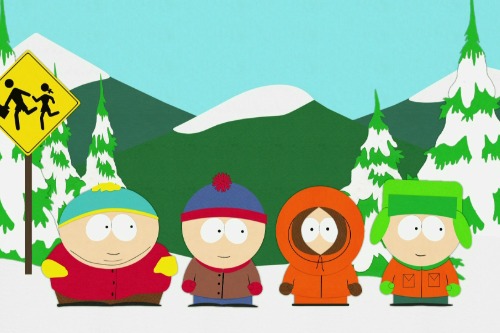
South Park, the irreverent and crude animated town from South Park, is one of the most famous fictional towns in America due to its humor and satirical take on real-world issues. The show has made South Park a household name, where controversial topics are dissected through the lens of its bizarre, over-the-top characters. The town’s absurdity is what makes it so memorable—its residents never seem to face consequences for their actions, and nothing is too sacred for the show’s creators to lampoon. Despite being entirely fictional, South Park has become a significant part of pop culture.
What makes South Park stand out is its unapologetic approach to social commentary. The show has taken on everything from politics to celebrity culture, often pushing the boundaries of good taste. South Park’s enduring popularity is a testament to how it captured the cultural zeitgeist, making the fictional town famous far beyond its cartoon roots. Even though South Park may be an animated town, its impact is very real in the world of television and satire.
13. Cicely (Northern Exposure)
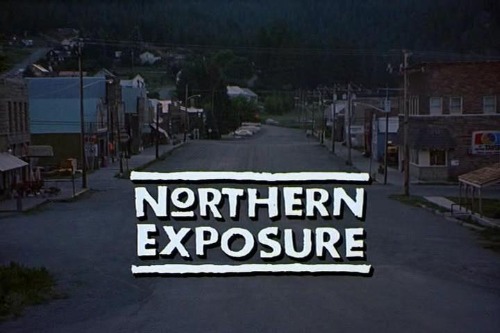
Cicely, Alaska, the quirky, remote town from Northern Exposure, became an unexpected favorite for fans of offbeat, character-driven TV. With its eccentric mix of locals, from the philosophical doctor Joel Fleischman to the town’s ever-optimistic bartender, Cicely became a symbol of small-town weirdness in a remote, snowy setting. The town’s charm lies in its unusual blend of Alaska’s wilderness with its larger-than-life personalities, making it feel like a place you’d want to visit, even if it was a bit eccentric. Cicely may have been fictional, but it captured a sense of wonder and community that many real towns can only dream of.
The appeal of Cicely lies in its isolation, where oddball characters come together to create a close-knit, though often strange, society. Despite being set in the wilderness of Alaska, Cicely’s warmth and humor made it feel welcoming and familiar. Fans of Northern Exposure still reminisce about the colorful residents and their quirky adventures, making Cicely a beloved fictional town. It stands as a perfect example of how a fictional setting can leave a lasting impression, even on the farthest reaches of the country.


